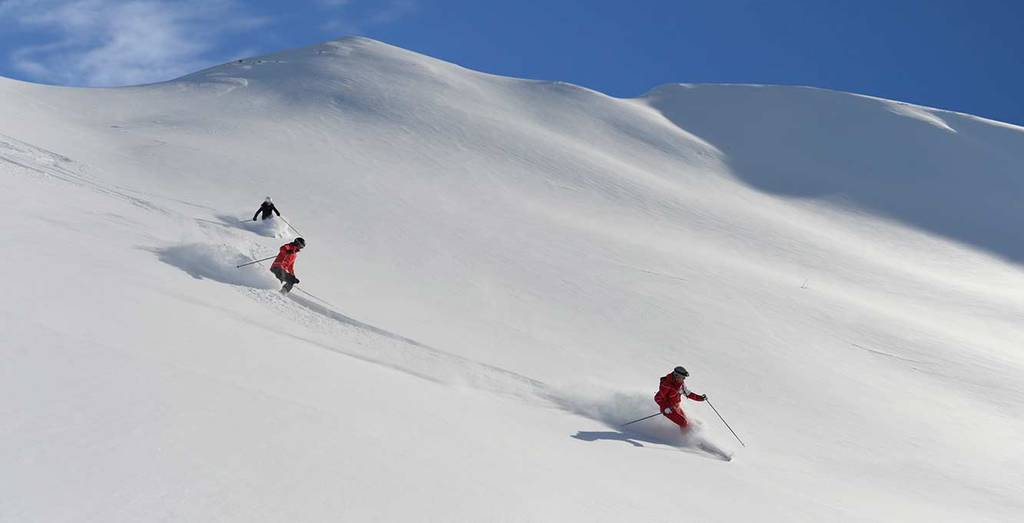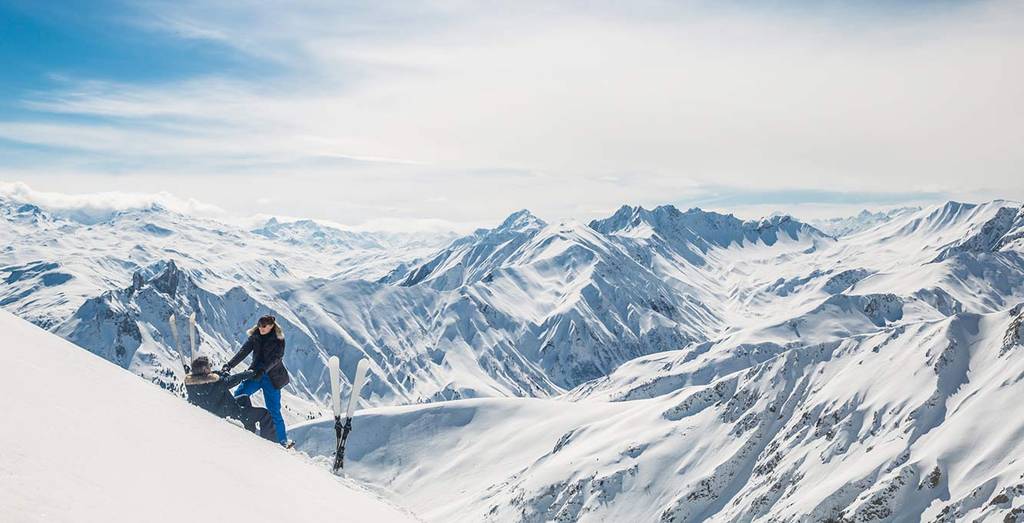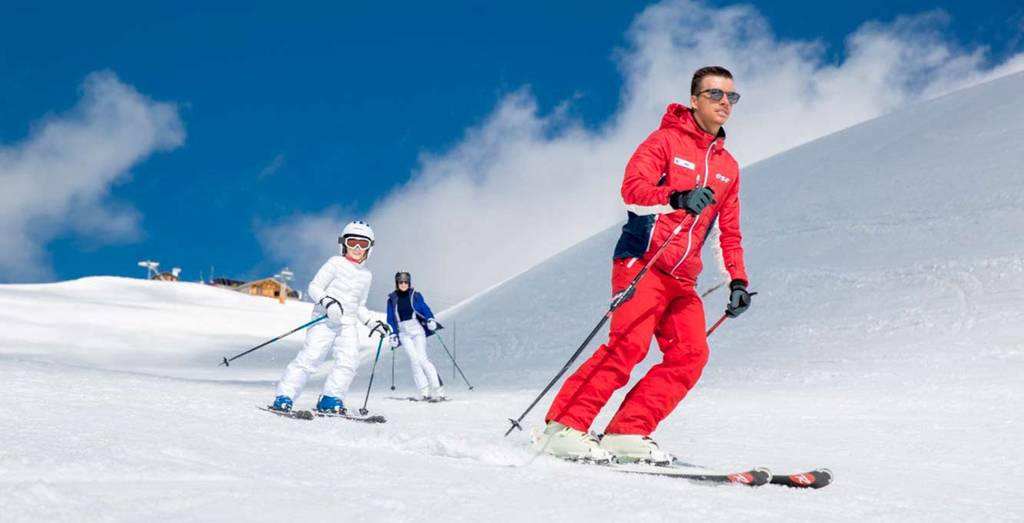
Always take a guide
The golden rule of skiing in the backcountry should be to take a qualified mountain guide, but it’s not compulsory to do so. A guide can assess the situation and minimise the risks, and find some of the best runs for the conditions on the day. It’s their job to show clients the best of the mountain so splashing out on a guide will help keep you safe, and give you a far better day than finding your own way.








